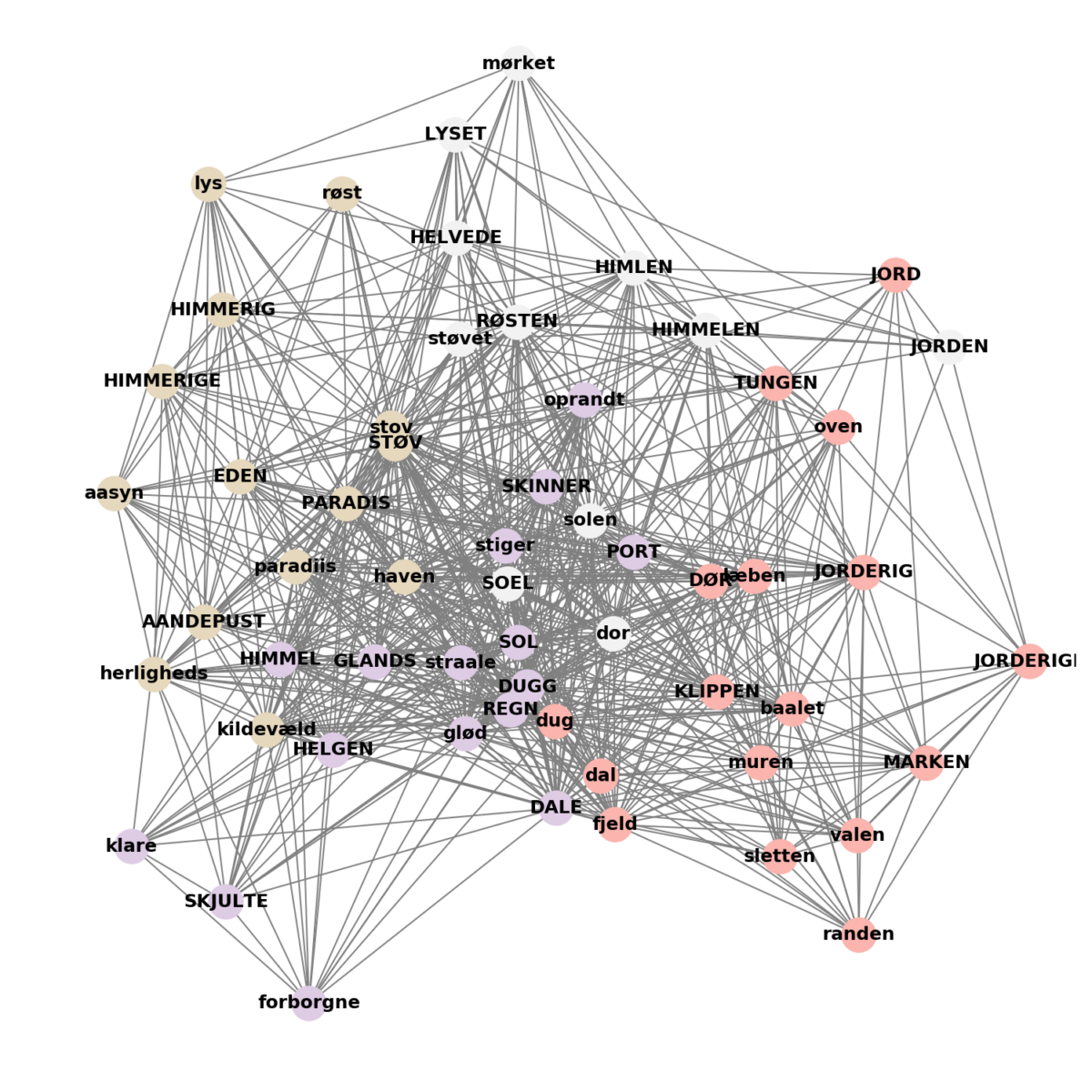Illustration by ATLAS Experiment/CERN
PI: Associate Professor, Antonio Rago, the Department of Mathematics and Computer Science, SDU
The following is an excerpt from an article published on the eScience Center’s website in August 2023: SDU researcher receives record-breaking HPC grant
Antonio Rago’s field of research is particle physics – more specifically lattice quantum chromodynamics (QCD), a field known for heavy utilization of computational resources.
To use an analogy, Antonio Rago explains that his method could be related to the generation and analysis of a painting, e.g. of the Mona Lisa, where the task is to perform some type of measurement, e.g. of the size of the nostril of Mona Lisa. If the pixels of the painting are too rough, you cannot see the Mona Lisa, let alone measure the nostril. You need a resolution of e.g. a few millimetres.
Now imagine that in the same painting of Mona Lisa, with a resolution of a few millimetres, you also need to include Mont Blanc in its original size. And you need to develop a type of measurement that is extremely precise and relevant both for the nostril of Mona Lisa and Mont Blanc. This may provide some insight into the difficulties that Antonio Rago and his research group are facing – the particles that they need to measure can namely be extremely different in size and weight.
“You have to imagine that I want to deal with a matrix of 1020 elements. It is a gigantic amount of data and I want to act on this matrix within some very specific precision for every single element. So you really need a gigantic supercomputer and to have a very precise understanding both of the algorithmic properties and of the hardware, because you cannot afford to lose any information. It’s a terrible tasks,” Antonio Rago admits.
Searching for the origin of asymmetry
The terrible task could be worth the trouble in the end, however, because it might lead us to a better understanding of such big open questions as: why are we alive?
In the universe, there is unbalance between matter and anti-matter. Matter is essentially everything we see around us – from the smallest grain of sand to large planets in the universe. Anti-matter is the opposite, i.e. what is lacking, or matter that is reversed under charge. Since the Big Bang, there has been a competition between matter and anti-matter. They were once equal in size. But some mechanism, which is still unknown to scientists, has resulted in an overwhelming victory of matter over anti-matter, leading to the universe that we know today, which contains comparatively little anti-matter.
The search for this mechanism is exactly where Antonio Rago and his research group believe that they can contribute with a new tool called ”master field simulation”:
“The lattice approach – i.e. the measurements done via simulations on a computer – has somehow reached its saturation. It can not go any more precise than it is now. We are pretty confident that the master fied simulation will allow for a new era for this measurement,” says Antonio Rago.
The project “Master field – infinite volume lattice QCD” has been awarded 120 million CPU core hours on the European supercomputer, LUMI. This is the grant is the largest that has ever been given for HPC to any researcher in Denmark.


